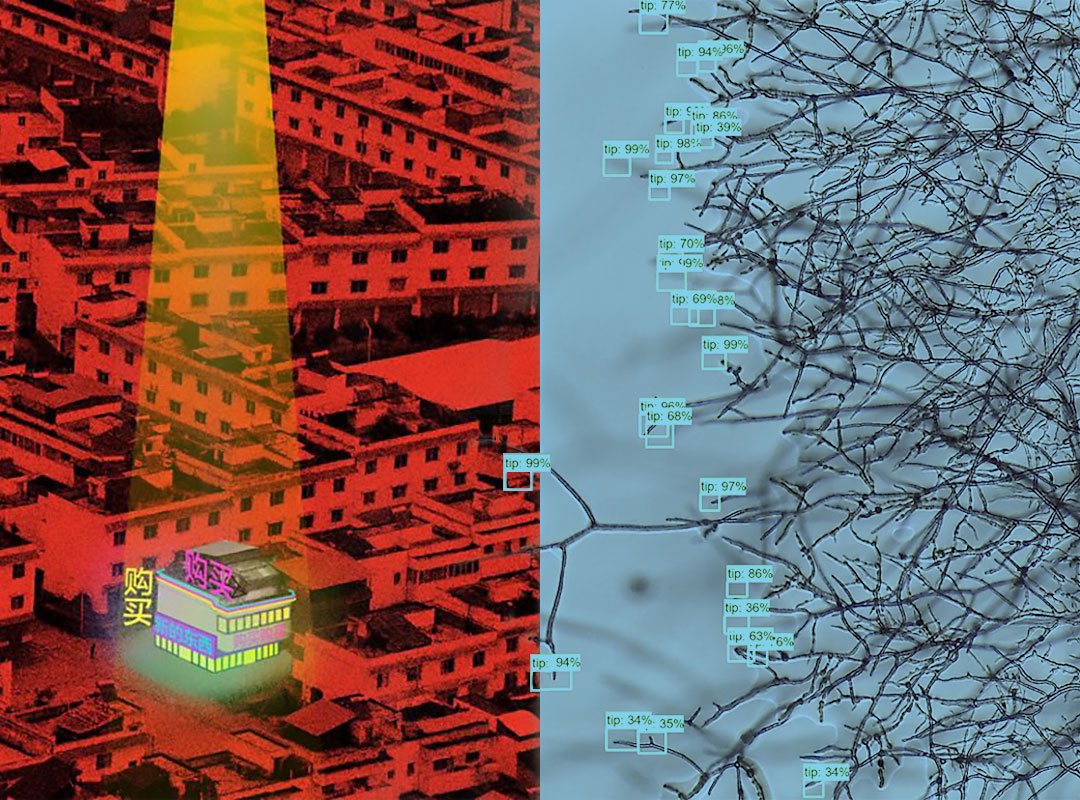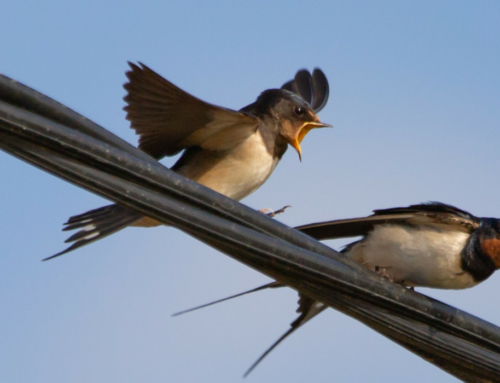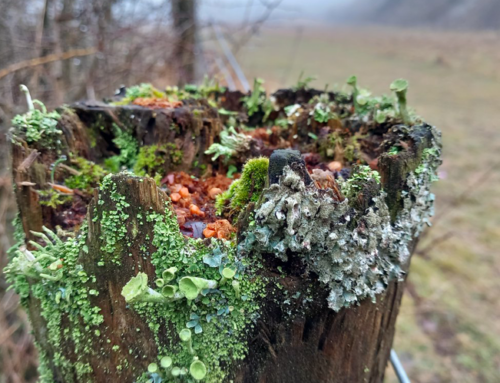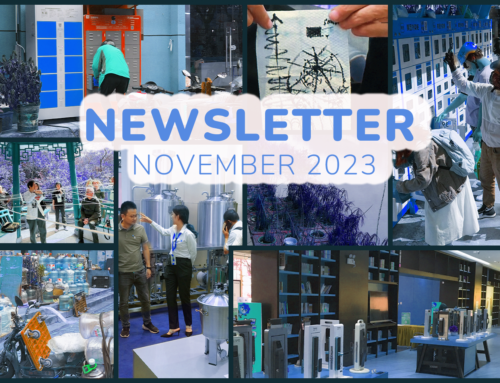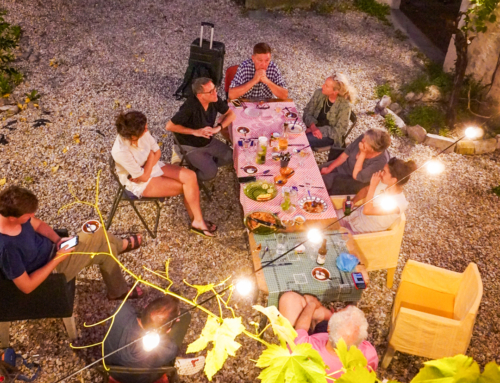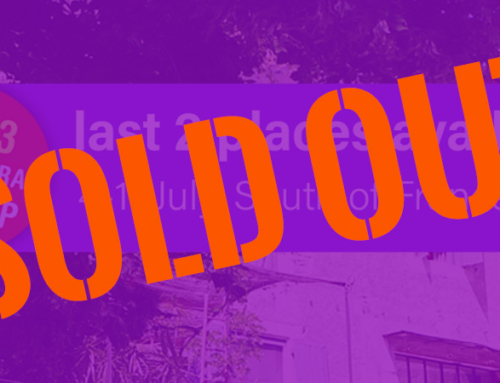CONTENTS:
- Website upgrade and 60 case study collections
- Where to meet post-Twitter?
- Meetups & Residencies
- Edible Food Forests
- Open School for Village Hosts
- Bioregioning in India and in Devon
- Nature Reconnection Podcast
- The ward? The parish? The block? What does ‘local’ mean today?
- Moth-friendly Fashion
- Designing for Interdependence
- Chinese ‘In The Bubble’
- How do we stop them turning nature into money?
Talk with David Bollier
Website upgrade and 60 case study collections
We’ve upgraded our website with a new focus on designing for life. My blog (900+ posts and counting) is mostly about people doing this work, and why they do it. I’ve also refreshed a handout that lists 60 case study collections curated by other people. (Whenever someone asks ask me, “but what, practically, can I do?” I suggest that they offer their services to one of these projects). There’s also a section on the Urban-Rural work I’ve been doing in China. I’m also offering Designing for Life talks.
https://thackara.com/handouts/60-case-study-collections
Where to meet post-Twitter? Newsletter sign-up
Right now, I ‘m staying on Twitter. But with its future uncertain, here is the sign-up page for this newsletter that I send out four or five times a year.
https://thackara.com/newsletter
Meetups/Residencies In France
If you could use some time to explore what designing for life might mean, in practice, for you, check out our Meetups and Residencies. People also come who are working on a live project, thesis, course, or book. We are super-flexible on dates for Residencies, starting in December. We’ll publish dates for 2023 Meetups, soon.
https://thackara.com/meetinfrance
Nature (Re)connection for Designers: Podcast
I’m nearing the end of a nine-month Design for Planet Fellowship hosted by the UK Design Council. Eight of us have explored diverse aspects of regenerative design as a practice – from adaptive and resilient places, and restoring ecosystems, to regenerative living. My own contribution – together with Nat Hunter – has been to identify nature (re)connection opportunities for designers. We discuss our findings in this podcast:
https://open.spotify.com/show/6n4O16p2sHTTKxDt3kiWNk
A few months back, I also posted this video: Hour of Ecology: Gateways to Nature Reconnection
Edible Food Forests – and 19 other urban-rural livelihoods
During our Back To The Land (B2L) summer course in Sweden, we’ve identified 20 emerging new livelihoods in rural areas – from Edible Food Forests, to School-Farm Biocantines. The B2L course has now ended, but a new course, for food system professionals, has been started in the same region, Orebro County. It asks, “what will a self-sufficient Hällefors Municipality taste like in 2030?” . Its mission: turn ‘would-be-nice’ ideas into tangible prototypes
https://thackara.com/urbanrural/the-good-work-in-urban-rural
Open School for Village Hosts
Another lesson from Back To The Land: urban-rural projects do not organise themselves. Starting early in 2023, a European consortium (including me) will pilot a training programme with 40 Village Hosts from different parts Europe.
https://www.villagehosts.eu/future-villages-lies-hands-rural-activators
Bioregioning in India – and in Devon (new videos)
Maps that combine different knowledge systems. Campaigns for the rights of rivers, watersheds and nature. Traditional and local systems of decision making, rooted in ecological connection: these features of bioregioning in India are an inspiration for today. In this video I ask two activist-researchers, Shrishtee Bajpai, and Ashish Kothari: what are the best ways spread and weave these real alternatives, this pluriverse of practices?
https://www.youtube.com/watch?v=FUvHCzg_Wh8&t
The ward? The parish? The block? What does ‘local’ mean today? (another video).
Mega cities such as Tokyo, Delhi, or Shanghai get all the attention – but fewer than 10% of city dwellers live in them. Ninety percent of the world’s urban population lives in much smaller cities – and a lot more radical action is happening at local level. In this conversation, the sinologist Harris Tiddens compares ultra-local government in China and Europe.
https://www.youtube.com/watch?v=w2OrdTG1o48&t
Moth-friendly fashion design
Orsola de Castro has a “complicated relationship with moths” . For the founder of Fashion Revolution, while it is important to keep our clothes as long as possible, we must also respect the rights of other living creatures. We were both talking at the opening of the new Regenerative Fashion Hub in which diverse design researchers are envisioning a circular textiles economy.
https://textilescircularity.rca.ac.uk/about-us
Designing for Interdependence (Martin Avila’s new book)
Designing for Interdependence by Martín Ávila, is about an ecocentric mode of designing that privileges a harmonious relationship between all life forms that share our planet. “If we design well, we design for shared aliveness” says @biopoetics , in his foreword. (Also worth noting: Avila leads a new masters course at Konstfack, in Stockholm, called Design Ecologies). https://bloomsbury.com/uk/designing-for-interdependence-9781350183742
‘In The Bubble’ published in Chinese
“I am humbled to announce…”. Actually, that would be untrue: I’m pleased as punch that my book In The Bubble: Designing In A Complex World is now out in Chinese
https://item.jd.com/13608360.html
So, too, is How To Thrive In The Next Economy.
https://read01.com/E83gA62.html#.Y2ws7oLMLao
Please tell your Chinese friends and associates.
How do we stop them turning nature into money? Talk with David Bollier
Offsetting. Net Zero. Sustainable Finance. Is the financialisation of nature unstoppable? Not at all: There are myriad other ways to steward life. David Bollier’s new book is full of such Tools for Changemakers. Our conversation here ranges from relational finance, and mutual aid, to commoning, and ways of being that respect all of life, not just human life. https://www.youtube.com/watch?v=iiOLJgbCsO4
